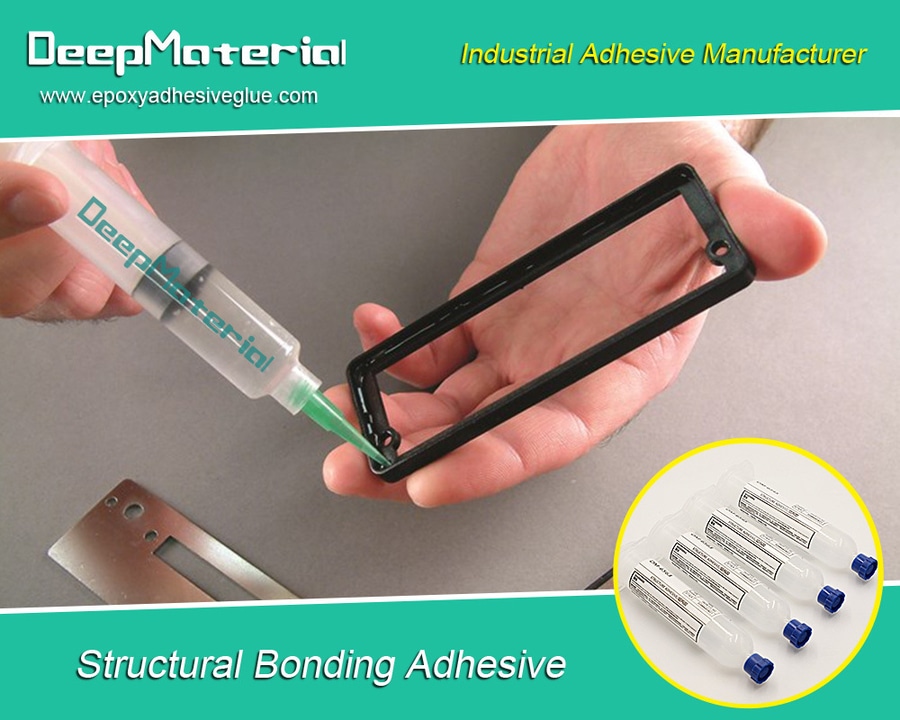
#Industry News
What are the application steps for automotive adhesives? Are there any specific precautions?
Best Automotive Adhesive Glue Manufacturer
What are the application steps for automotive adhesives? Are there any specific precautions?
Adhesive bonding is the process of joining materials together using an adhesive. The adhesive and the surfaces of the materials to be bonded undergo a complex physical and chemical process known as adhesion, where intermolecular forces create an attractive and bonding effect at the interface, resulting in a certain level of bond strength. But the bonding strength depends not only on the composition and formulation of the adhesive, surface structure and morphology, also has a close relationship with the bonding process.
The application of automotive adhesives is a critical process that requires proper preparation and precautions to ensure a strong and reliable bond. The application steps for automotive adhesives may vary depending on the specific adhesive product and its intended use. Below are the general steps for applying automotive adhesives, along with specific precautions to be aware of:
Surface Preparation: Ensure that the surfaces to be bonded are clean, dry, and free from contaminants such as oil, grease, dust, or old adhesive residues. Use the appropriate cleaning agents and techniques recommended by the adhesive manufacturer.
Adhesive Selection: Choose the right adhesive for the specific application. Different adhesives are designed for various materials and environmental conditions. Choose the correct adhesive product based on the materials being bonded, the application requirements, and any specific recommendations from the vehicle or adhesive manufacturer. Make sure the adhesive is suitable for the substrate and intended use.
Mixing (if applicable): Some adhesives, such as two-component epoxies, require mixing before application. Follow the instructions provided by the adhesive manufacturer for proper mixing ratios and techniques, and thoroughly mix the adhesive components. Use the recommended tools and equipment for mixing.
Application: Apply the adhesive to the prepared surfaces using the recommended method. This can include spraying, brushing, rolling, or using a dispensing tool. Use the appropriate tools and equipment to achieve a consistent and uniform bond. Follow the adhesive manufacturer’s guidelines for the appropriate amount of adhesive to apply and the recommended coverage area.
Assembly: Join the parts together while the adhesive is still in its optimum bonding condition. Follow the recommended assembly time to avoid premature bonding or insufficient curing. On the advice of the adhesive manufacturers, use the appropriate pressure or clamping in order to achieve good contact between the surfaces. Follow any specific instructions regarding curing time, temperature, or humidity requirements for optimal bonding.
Curing: Allow the adhesive to cure according to the manufacturer’s instructions. Curing times can vary depending on the adhesive type and environmental conditions. This may involve air drying, heat curing, or curing under specific conditions. Curing environment to meet the recommended temperature and humidity levels to ensure proper bonding strength and durability.
Post-Bonding Steps: After the adhesive has cured, perform any necessary post-bonding operations, such as cleaning excess adhesive, finishing, or any other procedures recommended by the adhesive manufacturer.
Quality Control: Perform quality checks to ensure the bond’s integrity and that the adhesive has fully cured.
Additionally, when working with automotive adhesives, it is important to follow specific precautions to ensure safety and achieve optimal results.
Read the Instructions: Carefully read and understand the instructions provided by the adhesive manufacturer before starting the application process. Follow the recommended procedures, safety guidelines, and any specific precautions mentioned.
Personal Protective Equipment (PPE): Wear appropriate PPE such as gloves, safety glasses, and protective clothing as recommended by the adhesive manufacturer, especially when handling strong adhesives or during spray application. This helps protect against potential skin irritation, eye damage, or inhalation of fumes.
Ventilation: Ensure adequate ventilation in the working area to minimize exposure to potentially harmful fumes or vapors. If necessary, use exhaust fans or work in a well-ventilated area to prevent the buildup of fumes or vapors from the adhesives, especially during the curing process.
Storage and Handling: Store the adhesive products according to the manufacturer’s instructions, paying attention to temperature and humidity requirements. Improper storage can affect the adhesive’s performance. Follow proper handling procedures, such as avoiding direct contact with skin or eyes and keeping the adhesive containers tightly closed when not in use.
Compatibility Testing: Perform compatibility testing on the materials being bonded with the adhesive, especially if using new or unfamiliar materials. Before applying the adhesive to the entire surface, perform a compatibility test on a small, inconspicuous area to ensure that the adhesive does not cause any adverse reactions or damage to the materials being bonded.
Avoid Contamination: Keep the adhesive containers closed when not in use to prevent contamination and ensure the adhesive’s longevity. Dispose of any adhesive waste or containers in accordance with local regulations and guidelines.
Adhesive Shelf Life: Check the expiration or shelf life of the adhesive before use, and do not use any expired products.
Read Manufacturer Instructions: Always follow the manufacturer’s instructions and guidelines for proper application, handling, and safety precautions.
Safety Data Sheets (SDS): Familiarize yourself with the adhesive’s SDS, which provides detailed information about its composition, potential hazards, safe handling, and emergency procedures.
Environmental Considerations: Be aware of the temperature and humidity conditions during application and curing, as they can significantly impact the adhesive’s performance.
By following these steps and precautions, you can ensure the successful application of automotive adhesives and achieve reliable and durable bonds between various automotive components. Remember that the specific precautions and application steps may vary depending on the adhesive type, manufacturer, and materials involved. It is always recommended to consult the adhesive manufacturer’s guidelines and seek professional advice when needed.
For more about choosing What are the application steps for automotive adhesives? Are there any specific precautions, you can pay a visit to DeepMaterial at https://www.epoxyadhesiveglue.com/category/epoxy-adhesives-glue/ for more info.





